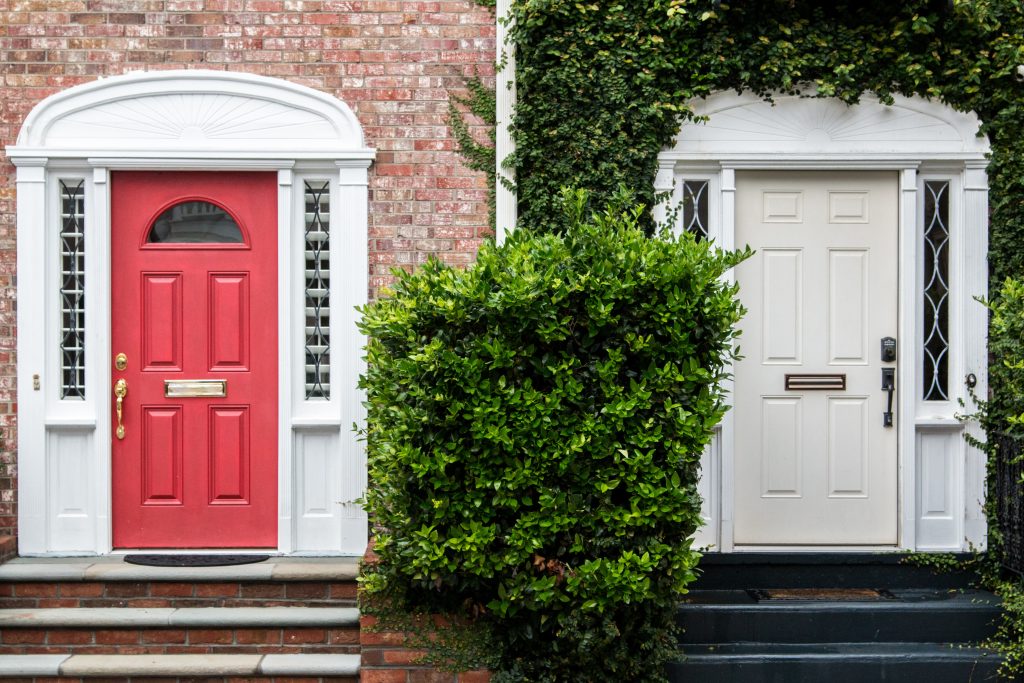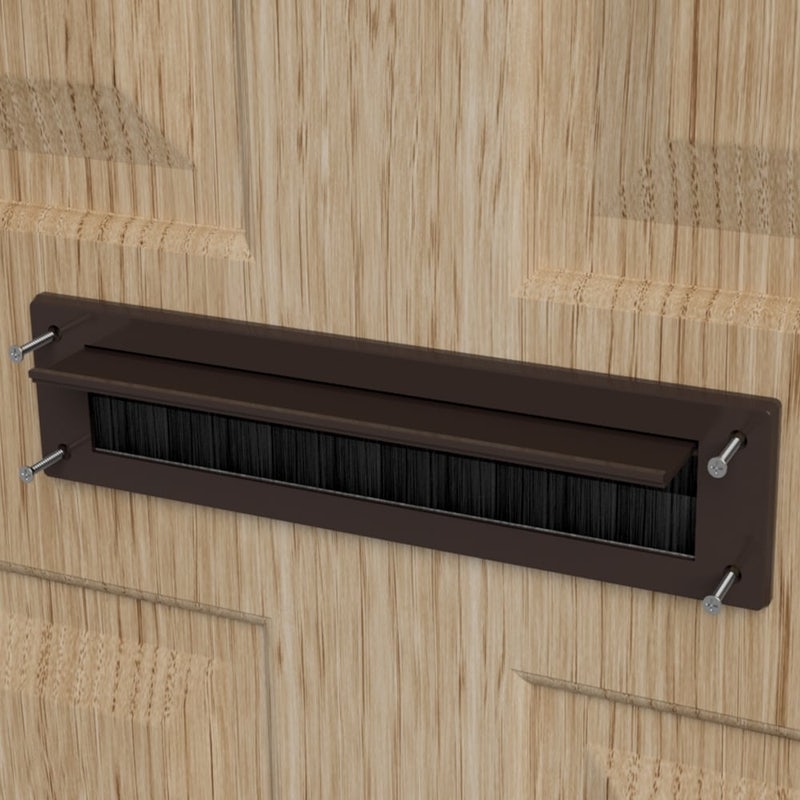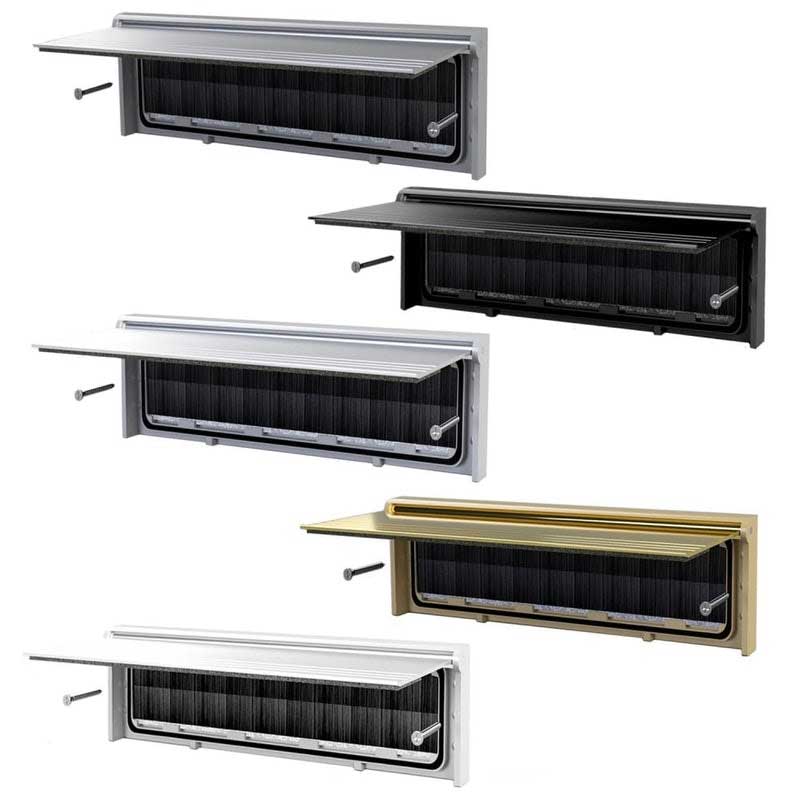Whether your letterbox is damaged or rusted or you simply want an upgrade for better performance, a replacement can make a real difference. Here are some steps to guide you through the replacement process.
Table of contents
What is a letterbox?
A letterbox, also known as a letter plate or letterbox plate, is usually fitted to the front of the door. It is commonly known for its use as a space to put letters or parcels through a door if size allows. It can also be an extra layer of security and reduce heat loss. Especially if choosing a letter plate with an attached draught excluder or brush spring function.
Moreover, regarding security, there are some requirements when it comes to letterboxes being installed in certain dwellings. In Approved Document Q it states any letter plates provided in buildings such as flats or similar should ‘have a maximum aperture of 260mm x40mm and located and/or designed to hinder anyone attempting to remove keys with sticks and/or insert their hand’. To support this, fit a flap or similar to the letterbox to restrict access.
Approved Document Q also states that letter plates meeting ‘requirements of the Door and Hardware Federation’s (DHF’s) technical specification TS 008:2012’ are beneficial when it comes to the protection against the aforementioned examples of intrusion above. Check out more via the document for more legal requirements if applicable.
If fire safety is a priority for you, consider a fire-rated letter plate.

How to replace a letterbox in a wooden door
Replacing a letterbox or letter plate can be useful for several reasons, including damage to the letterbox as suggested previously. However, the door can also be at risk during the removal of the old plate. There’s the possibility of leaving scuffs, scrapes or markings. To help hide these, it’s recommended you get a replacement letterbox that is slightly larger than the original. This means you will need to cut the wood to make sure the new letter plate space fits the aperture and accommodates the flap’s size and movement. In the example below we will be covering a standard letterbox replacement.
Here’s what you’ll need to replace a letterbox on your wooden door:
- Screwdriver
- New letterbox (aka letterplate)
Now onto the letterbox fitting!

Step one: On the internal side of the door, lift the flap and unscrew the fixing screws underneath to remove the current letter plate.
Step two: Pull the external and internal plates away from the door. You can now measure the opening to confirm the new letter plate can fit in place. Check the size of the letter plate on the product. Alternatively, speak with the manufacturer if the size is not available with the product information.
Step three: Check the internal and external plate sides to confirm which will be facing internally. The internal plate will typically have two holes for screws on either side, whereas the external plate will have a weather seal (commonly foam material). Once you know which is which, separate these.
Step four: Place the external plate on the front of the door and the internal plate on the back of the door, pushing them together the letter plate fits nicely as one through the door.
Step five: Lift the internal flap on the letter plate and use the screws to fix the plate in place. Be careful not to tighten these too much as this could cause some splitting in the door.
Note: If any leftover screw or bolt holes are still visible and you want to fill them, you might need to redecorate the door to ensure the filled holes are not visible.
Tip: You can add grease to the letterbox spring and mechanism – this is recommended to prevent corrosion or quick failure if that was the previous cause or you have not opted for a corrosion-resistant letter plate.
If you want to further reduce heat from escaping your home, consider a draught excluder. Find out more about letterbox draught excluders and more with these 6 ways to weatherproof your front door.

Fitting a letterbox for the first time? See our guide on how to fit a letterbox to find out more. If you would like support with finding the right letterbox for your door, contact our friendly customer service team for advice. You can do this via our helpline or live chat.












